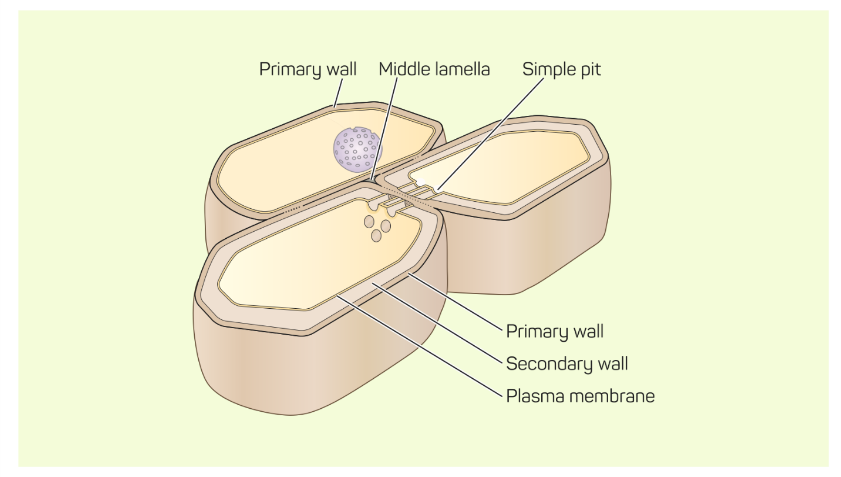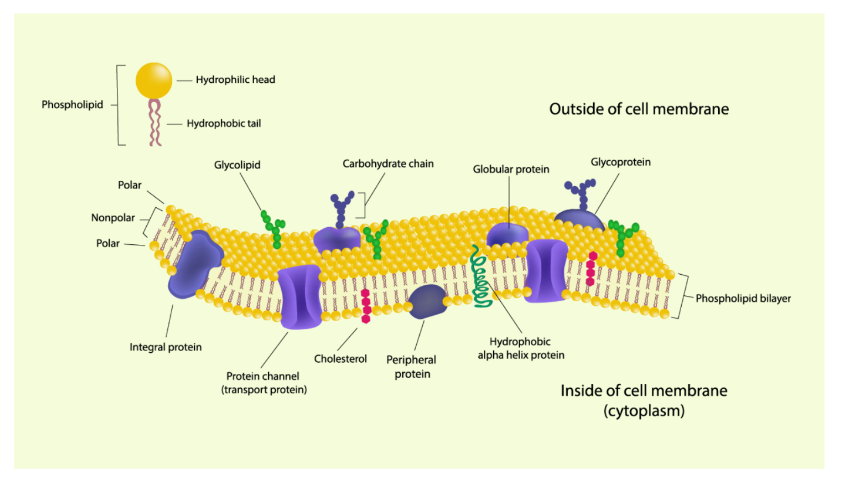Table of Contents
Introduction to Cell Wall and Cell Membrane
Cellular structures are a realm of fascination and intrigue, and among the most prominent are the cell wall and the cell membrane. Though both are critical to cell functionality, they each embody distinct characteristics and fulfill separate roles. This article embarks on a journey to decipher the differences between these essential cellular components.
What is a Cell Wall?
Structure of Cell Wall
The cell wall stands as a protective outer layer enveloping the cell membrane in plant cells, fungi, algae, and some bacteria. It comprises complex carbohydrates such as cellulose or chitin, depending on the organism. This structural element imparts rigidity to the cell and is akin to a fortress wall, safeguarding the cell’s integrity.

Functions of Cell Wall
The cell wall’s functions are multifaceted:
Structural Support: It furnishes the cell with structural strength, preventing deformation and collapse.
Protection: Acting as a barrier, it shields the cell from external mechanical stressors and potential pathogens.
Regulation: The cell wall participates in regulating water uptake, averting excessive swelling.
Semi-Permeability: While less selective than the cell membrane, it allows the passage of certain molecules in and out of the cell.
Also Check For:
What is a Cell Membrane?
Structure of Cell Membrane:
Also known as the plasma membrane, the cell membrane envelopes the cell’s contents and organelles. Comprising primarily lipids (phospholipids) and proteins, this dynamic structure offers selective permeability, controlling the movement of substances in and out of the cell.

Functions of Cell Membrane
The cell membrane’s roles encompass:
Selective Gatekeeping: It regulates the passage of ions, nutrients, and waste materials, maintaining internal balance.
Cellular Signaling: Hosting receptors, it facilitates communication with external signals and neighboring cells.
Protection: Serving as a barrier, it shields the cell’s interior from potential harm.
Cell Adhesion: The cell membrane enables cells to adhere to one another, facilitating tissue and organ formation.
A Comparative Analysis: Cell Wall vs Cell Membrane
| Aspect | Cell Wall | Cell Membrane |
| Composition | Complex carbohydrates (cellulose or chitin) | Lipids (phospholipids) and proteins |
| Location | Outside cell membrane | Envelopes cell and organelles |
| Flexibility | Rigid, providing structural support | Flexible and dynamic |
| Permeability | Permeable to larger molecules | Selectively permeable |
| Primary Functions | Structural support, protection, water regulation | Selective permeability, signaling, protection, transport |
FAQs on Distinctions Between Cell Wall and Cell Membrane
Can animal cells have a cell wall?
Generally, animal cells lack a cell wall. Instead, they are enclosed by a cell membrane.
How does the cell membrane maintain selective permeability?
The cell membrane's phospholipid bilayer and embedded proteins regulate the movement of substances. Small and nonpolar molecules can pass freely, while larger molecules and ions require specific transport proteins.
What happens if a plant cell lacks a cell wall?
The cell would lose its structural support, leading to collapse under osmotic pressure. The cell wall also provides protection; without it, the cell would be more susceptible to damage.
Do all bacteria have a cell wall?
Most bacteria have a cell wall, which helps maintain their shape and provides protection. Mostly the bacterial cell walls are made of peptidoglycan.
How does the composition of the cell wall differ from that of the cell membrane?
The cell wall is primarily composed of complex carbohydrates, such as cellulose in plants and chitin in fungi. In contrast, the cell membrane is mainly composed of lipids (phospholipids) and proteins.
How does the flexibility of the cell wall compare to that of the cell membrane?
The cell wall is rigid and provides structural support, giving the cell its shape and preventing deformation. In contrast, the cell membrane is flexible and dynamic, allowing the cell to change its shape and respond to external stimuli.








